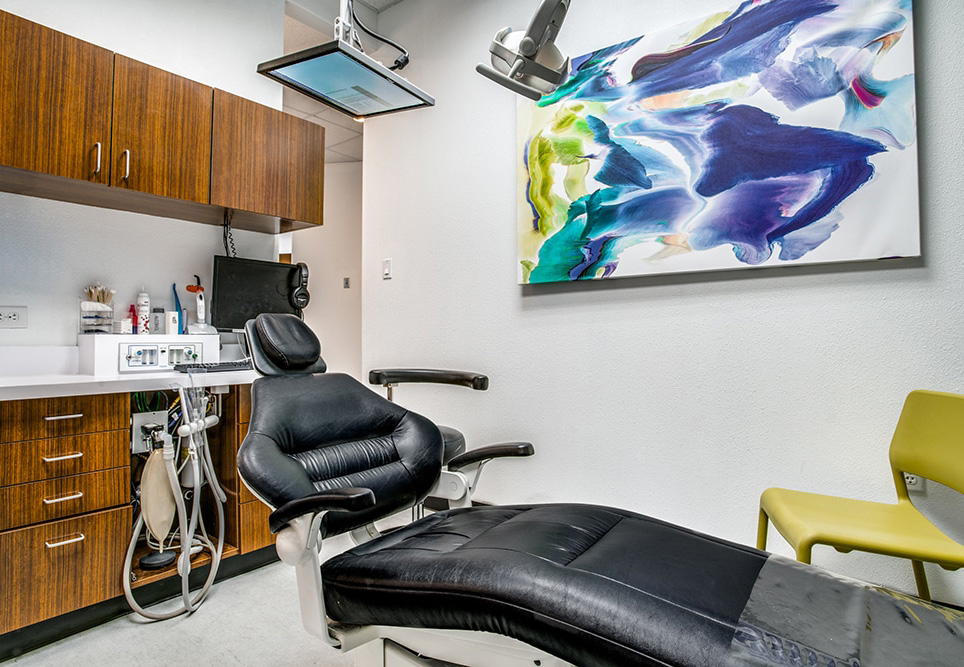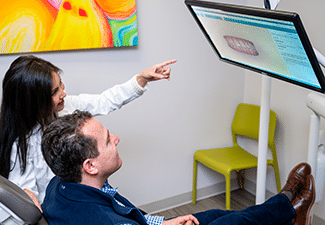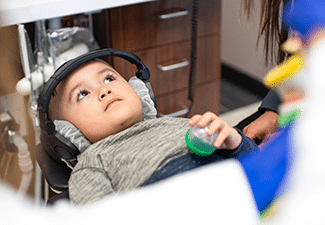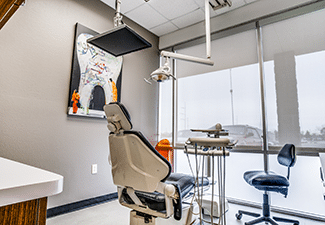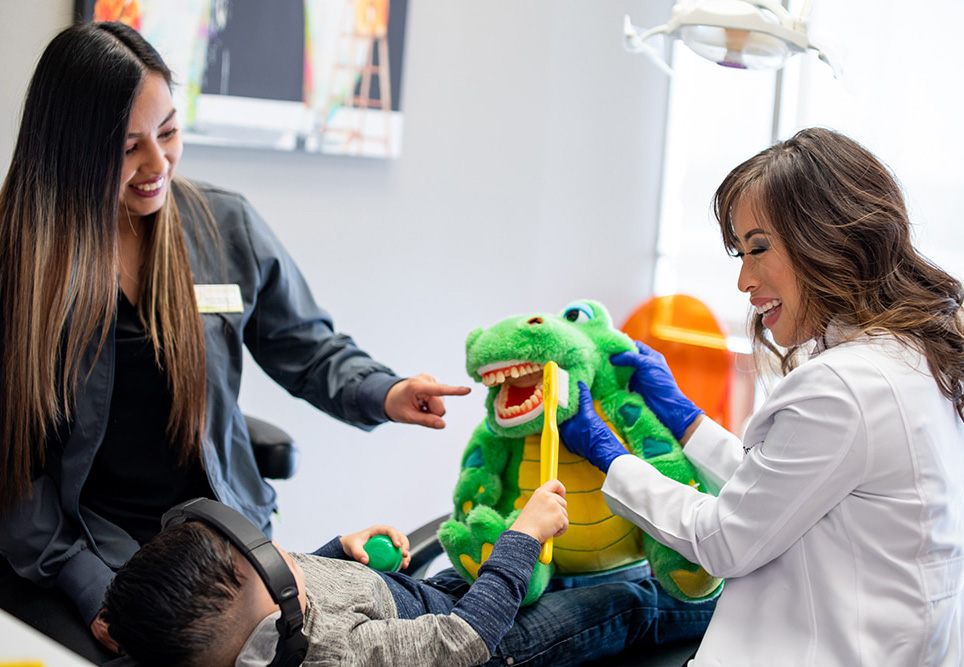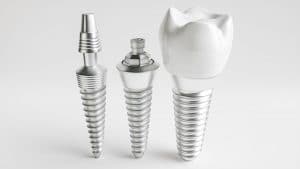
As children, losing teeth (provided this happens on your body’s schedule) is natural, and a sign that you’re growing. However, as adults tooth loss means something is wrong, and that your oral health will continue to suffer unless the underlying factors are addressed and the gaps in your smile are filled. Fortunately, your Richardson, TX, dentist knows how to replace missing teeth with lifelike prosthetics, including bridges, custom dentures, and even advanced dental implants. In today’s blog, we’re going to look at how we replace your missing teeth.
The Dangers Posed By Lost Teeth
What happens to our smiles once we lose one (or more) of our teeth? First, the now-exposed gap in your smile could mean that teeth on either side of the gap begin to shift from position. Misalignment then forms, and this crowding and overlapping of your teeth may make thorough brushing and flossing a difficult process, increasing the risk of tooth decay and gum disease.
Lost teeth also mean pressure on the jaw joints, and negative changes to your bite balance. As a result, the chances of problems like TMJ disorder and bruxism (chronic teeth grinding) may develop, leading to painful headaches and jaw pain, and even an increased risk of damage to your smile.
The body will also take notice of one or more missing tooth roots. As a result, the flow of nutrients to the jawbone will be interrupted. Without regular doses of calcium and phosphorus, the jawbone will lose mass and density, not only leading to further lost teeth, but a higher risk of an aged appearance.
Dental Bridges
For people suffering from minor tooth loss, usually between one and three teeth in a row, our team may suggest a dental bridge. A bridge is a prosthetic that contains pontics, a term for your new teeth, with crowns attached to each end of the prosthetic. We create them from materials like ceramic, which not only absorb bite forces, but also have the ability to be tinted to match the shade of surrounding teeth.
Placement begins with the dentist removing structure from the abutment teeth, which sit on each end of the exposed gap in your smile. We then take detailed impressions and images, which we use to design a prosthetic that looks natural and fits comfortably. We then attach the crowns to the abutment teeth. On average, they tend to last about 10 to 15 years. However, for some we could attach them to dental implants, which provides additional benefits!
Full and Partial Dentures
What if your tooth loss is more severe? In these scenarios, you may benefit from a denture. If you have several gaps in your smile, and tooth loss too severe for a bridge but not quite extensive enough for a complete set of dentures, we may prescribe a partial.
The prosthetic will consist of an acrylic base that looks like gum tissue, with new teeth built in that we create from lifelike materials. Metal clasps will attach to natural teeth to secure the denture. A complete set replaces every tooth on one or both arches, and uses special adhesives or suction to stay in place. Again, there will be an acrylic base and teeth craft with lifelike materials that also absorb daily bite forces. We custom-make each one to ensure a proper and comfortable fit, and they may need replacement every 5 to 10 years as the jaw ridge changes shape over time.
Stability with Dental Implants
For the most stable and long-lasting option to replace lost teeth, you may benefit from dental implants! Basically, an implant is a small, screw-like device that is inserted into the jawbone. Since we create them from titanium, a biocompatible material, they bond with the bone tissue through a process known as osseointegration. They then act as new tooth roots, offering the ability to last for decades, possibly even a lifetime!
Placement involves careful planning and choosing the area that will best absorb daily bite forces. We then use technology to guide the placement into the jawbone. After a period of three to four months, the osseointegration process will take place. We the place an abutment to secure a restoration, usually a crown, to address the visible portion of your new tooth. For added convenience, our team has the ability to perform each step of the process in-house! No need to visit a third party at a different locale, we handle every step of addressing your missing teeth.
What if you have multiple missing teeth? Well, we often use dental implants to secure a bridge, so natural teeth don’t need to lose structure, and to anchor a partial or full denture. Since the implants stimulate the growth of jawbone tissue, they don’t lose mass and density over time, allowing your prosthetic to last decades. You also never need to worry about slippage when you eat or speak, and you will be able to eat your favorite foods again!
Fighting the Causes of Lost Teeth
We also offer care to address underlying health issues that could cause tooth loss. With preventive care and periodontal cleanings, we help control inflammation and periodontal disease, preventing the advanced stage that is often responsible for adult tooth loss. We also have natural-looking treatments for issues like cavities or infection, other major factors in the loss of one or more teeth. If you have any questions about filling the gaps in your smile and enjoying a stunning and vibrant new smile, then contact our team today.
Talk to Your Richardson, TX, Dentist About Implant Dentistry
Tooth loss has been linked to a wide array of serious oral health concerns, which could impact everything from your ability to eat to your facial structure. Fortunately, our team is ready to help address minor and severe cases of lost teeth with lifelike and long-lasting dental prosthetics. For more information on our approach to implant dentistry, then schedule a consultation by calling the Viva Dental Family Dentistry office nearest you at (214) 337-7800 (Dallas) or (972) 437-6000 (Richardson). We’re ready to help you maintain a whole and vibrant smile!







